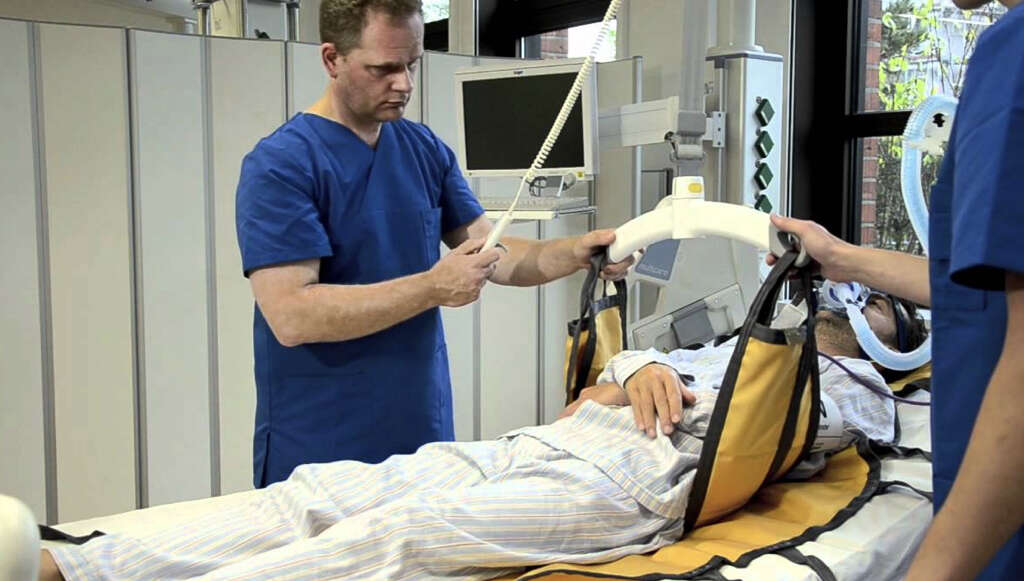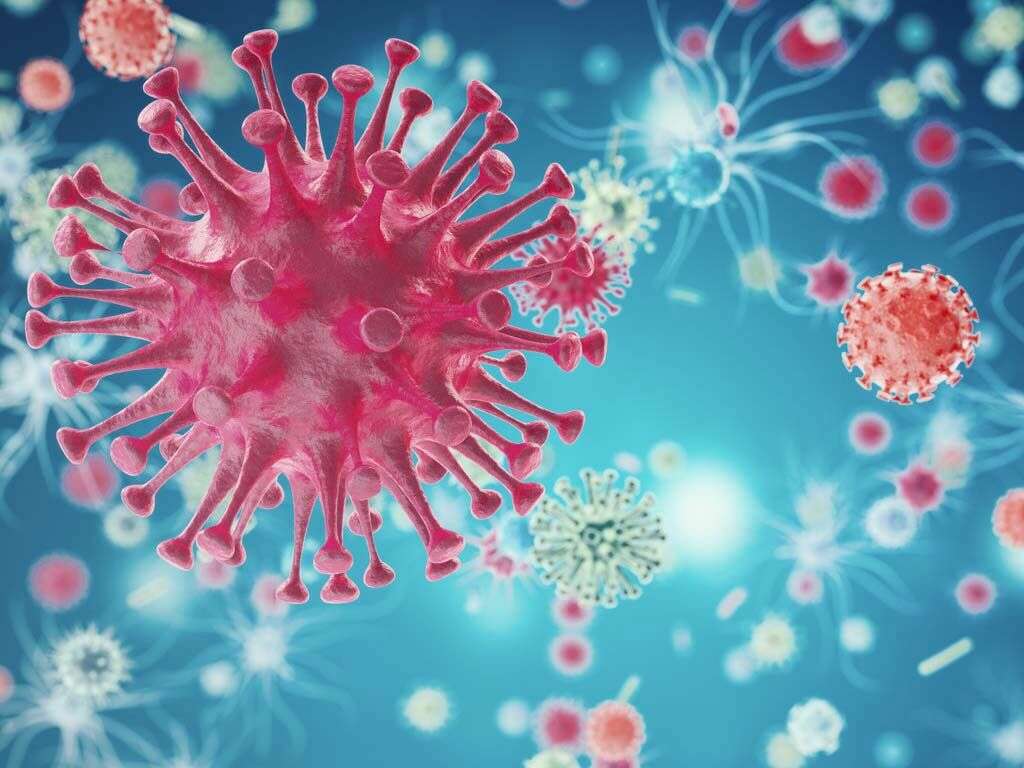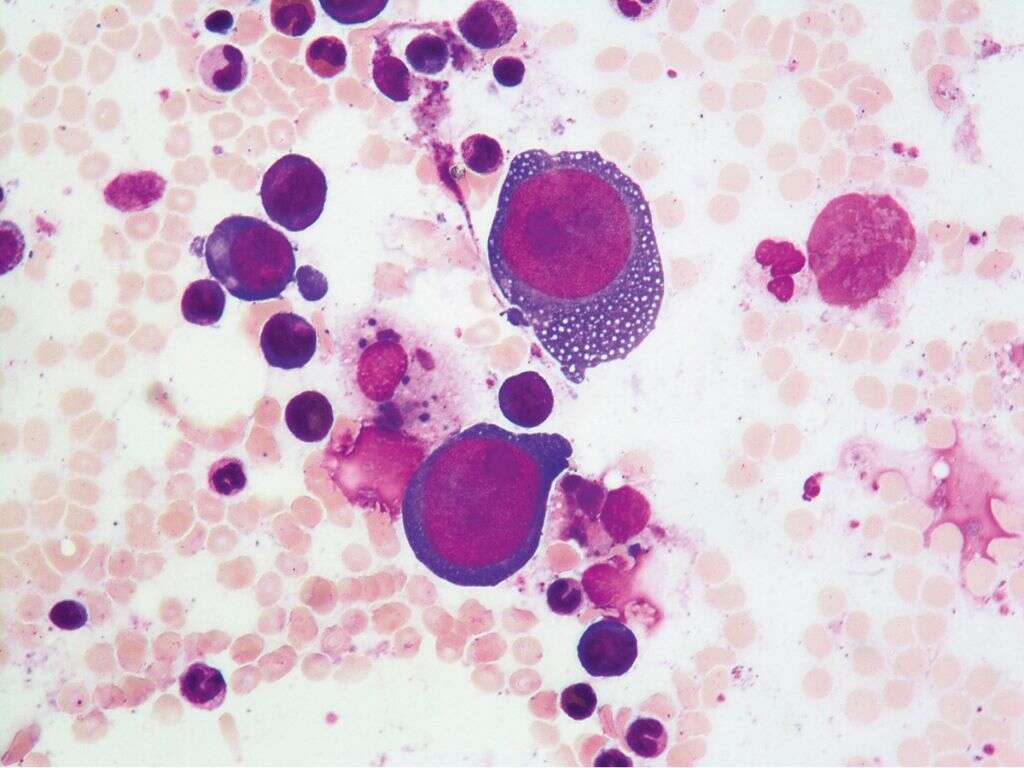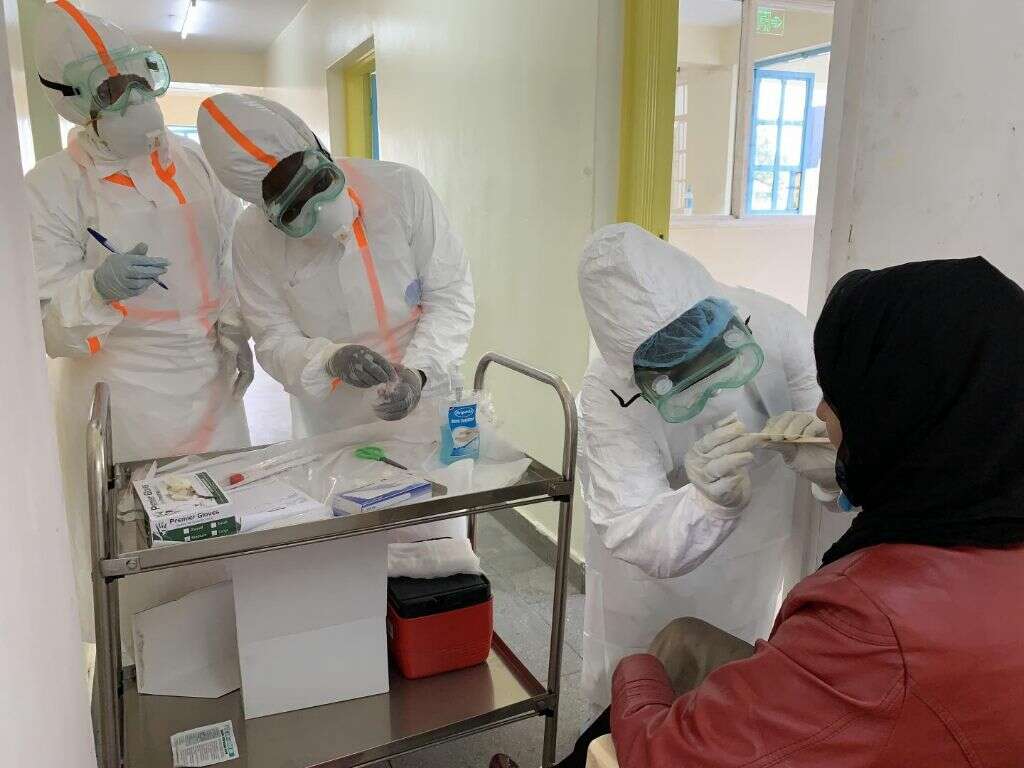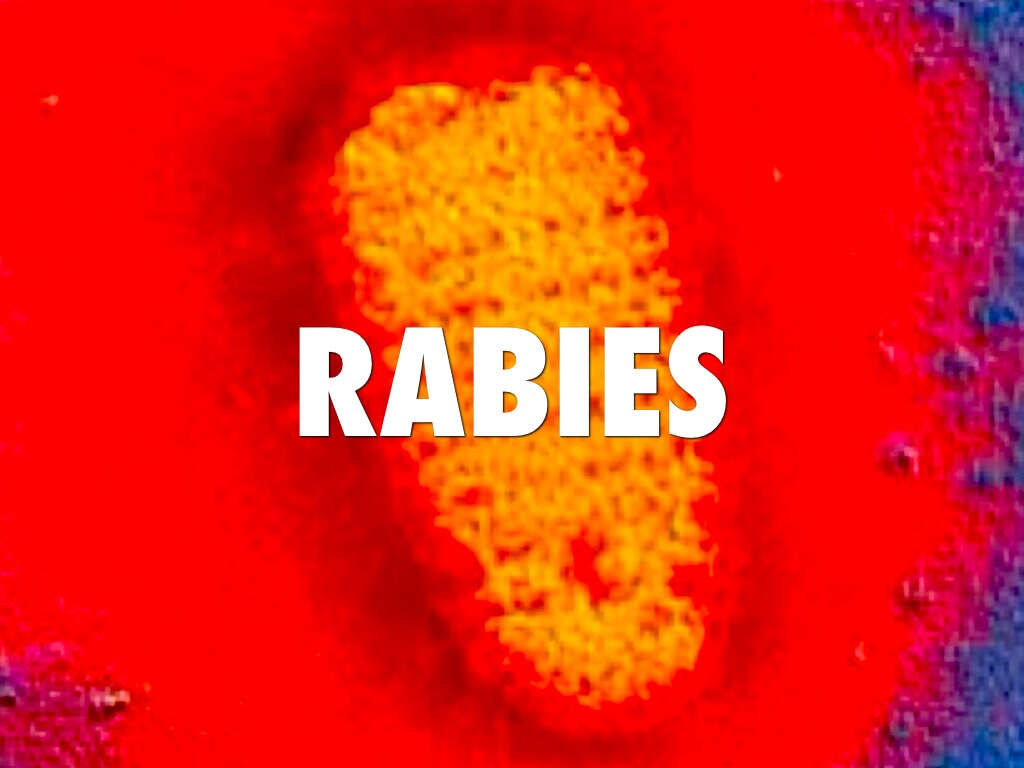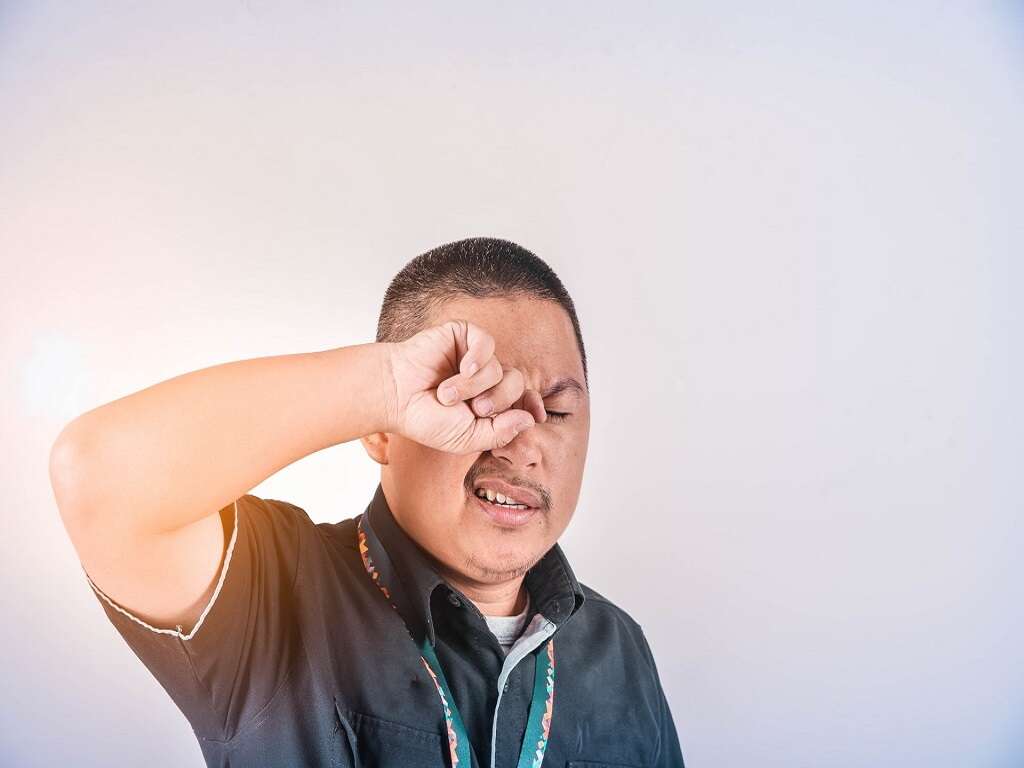What Is Rabies?
There are numerous different diseases that can affect people. Most of them are only likely to make us feel mildly ill, while others can be rather a lot more uncomfortable. The majority will not pose a danger to our lives even if they are uncomfortable. Some, however, can be terrifying, and can also pose a very real threat to our life.
Of all the conditions that have faced mankind, rabies is one that sets fear into the hearts of people. It is a disease that infects the brain and causes it to become inflamed, resulting in some devastating symptoms. It is thankfully now rare in many parts of the world, but is still extremely dangerous to people that are exposed to it.

1. Rabies
Rabies is one of the most notorious diseases ever to have afflicted people. It is an ancient disease that has been known about for at least 4,000 years, and it has taken many lives throughout history. Even today the disease is deadly, and there is very little chance of survival once the patient starts showing symptoms.
Although it is still deadly, rabies is now much less of a risk simply because there is less chance of being exposed to it. This is thanks largely to programs involving the eradication of infected animals, and vaccines. Rabies is notorious not only for its deadly nature, but also for the symptoms it causes.

2. Causes
Rabies is caused by a type of virus known as the rabies lyssavirus. The virus is typically found in the saliva of infected animals, including people. The virus is spread from one animal to another when contaminated saliva comes into contact with an open wound. This can happen through bites or just by an infected animal licking an open wound.
It can also be transmitted when an infected animal is consumed by another. A small percentage of cases have occurred from transplants involving infected organs. The rabies virus can be carried and transited by any mammal. These include pets and other domesticated animals as well as wild animals.
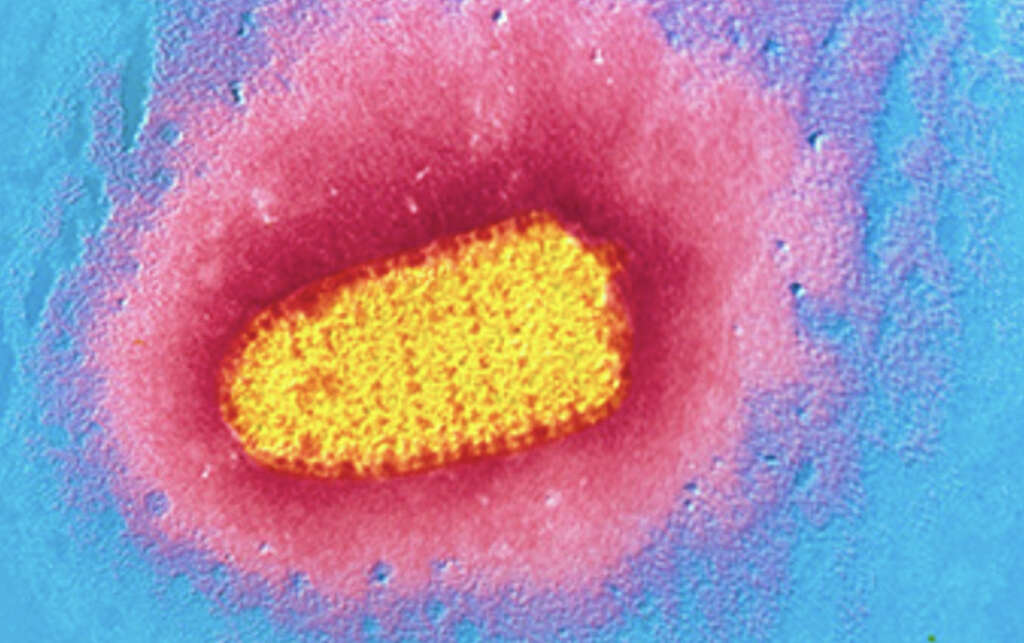
3. Fever
One of the earliest symptoms of rabies is a fever, and the patient may also feel a burning or tingling sensation where the infection took place. Patients with rabies are also likely to experience headaches, while nausea and vomiting are also likely to happen. The first symptoms will often appear just a few days after the infection took places.
In some cases it can be more than a year before the patient begins to experience any symptoms. When the symptoms do show, they are likely to be mistaken for a less serious disease like the flu to begin with. The symptoms will become considerably more severe, however.

4. Agitation
Another symptom of rabies is that the patient can become very agitated very easily, and it is also known to cause animals to become very aggressive. Indeed, the word rabies is taken from the Latin word rabies, which translates into English as ‘madness’. That it makes animals more aggressive also makes them more likely to bite, thus increasing the spread of the disease.
The patient may also experience heightened anxiety, and they may also become hyperactive. Patients with rabies are also likely to experience heightened confusion, and they can struggle to even know where they are and who they are with.

5. Insomnia
Rabies will also often cause insomnia, and this can worsen some of the other symptoms like fatigue and agitation. The patient can also experience hallucinations, and this can mean they will hear, see, and smell things that do not exist in reality. The hallucinations can be very real for the patient despite them not actually existing.
The disease will also sometimes cause partial paralysis. The limb where the infection first took place is likely to become paralyzed first, and the paralysis will slowly spread to other parts of the body. This will affect around 20% of patients with rabies, and it will also likely cause weakness.

6. Hydrophobia
Rabies will also cause excess salivation, and people and animals with the disease are often depicted as ‘foaming’ at the mouth. Patients with rabies are also likely to have difficulty swallowing. The patient is also likely to experience another symptom known as hydrophobia, which is what rabies used to be known as.
Hydrophobia is an unusual condition where the patient appears to develop a fear of water. Just drinking water can cause intense spasms in the patient’s throat, and even the thought of drinking can cause the patient’s throat to go into spasms. This means that patients with rabies are also likely to be dehydrated if they are not put on a drip.

7. Who’s At Risk
Anybody who is exposed to infected animals is at risk of catching the virus themselves. However, the virus is rare in many parts of the word meaning the chances of people living there being exposed are almost zero. The same cannot be said for people living in some other parts of the world, however. Rabies is most often found in Africa and Southeast Asia.
People who travel to these parts of the world are also at an increased risk of being bitten by a rabid animal. Also in a high risk category are people who go exploring where they are likely to come into contact with wild animals, especially bats. People who work in laboratories and other facilities where they may be exposed to the virus are also at a higher risk.

8. Prevention
Rabies vaccinations are available for people and other animals, including pets. You should speak with a doctor about a vaccine if you are travelling to parts of the world where the disease is found. Also vaccinate your pets, and make sure that you keep up to date with any further vaccines as necessary.
Keep any pets safe to help prevent them from being attacked by infected animals, and also avoid approaching wild animals, and any animal that appears to be ill. Also avoid touching animals when you are travelling even if they are a seemingly harmless kitten or puppy. Keeping bats out of the home is another way to help stay safe.

9. Diagnosis
There is no way to tell that you have contracted the virus after being bitten, until symptoms start to show. However, if you avoid getting treatment until the symptoms do start to show, then your chances of surviving the disease will fall dramatically. If you suspect you have been bitten by an infected animal, you should see a doctor.
While rabies may be rare in your part of the world, an animal bite could still cause you to become infected with other diseases. A doctor will be able to treat the wound if necessary and also help take steps to protect you against any infection. Medication is available that will help prevent rabies developing after being exposed to the virus, provided you get treatment soon enough.

10. Treatment
There is no treatment for rabies once symptoms have appeared, and only a very small percentage of people will survive. However, treatment is available that will help prevent the disease from developing if symptoms have not yet appeared. It is a good idea to be on the safe side and assume you have been infected with the virus after a bite or scratch.
If symptoms do appear, the patient will need close medical attention in an intensive care unit. They can be treated to help make their symptoms more bearable, and put on a drip to help prevent them from becoming dehydrated. Some people will eventually overcome the disease, but this is rare.
